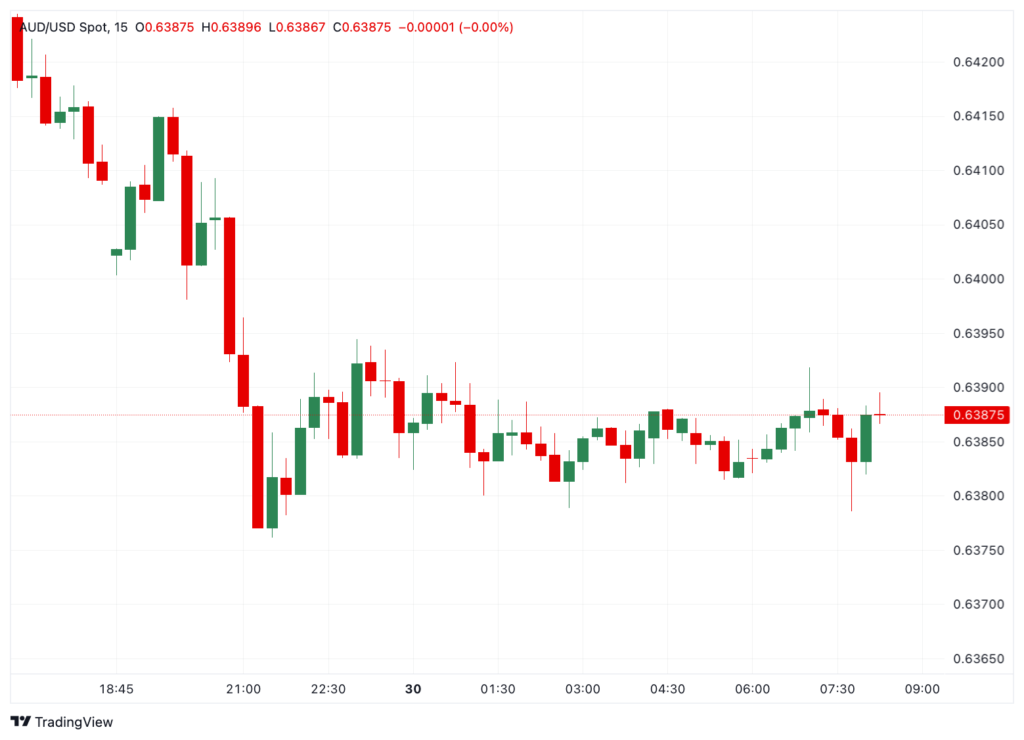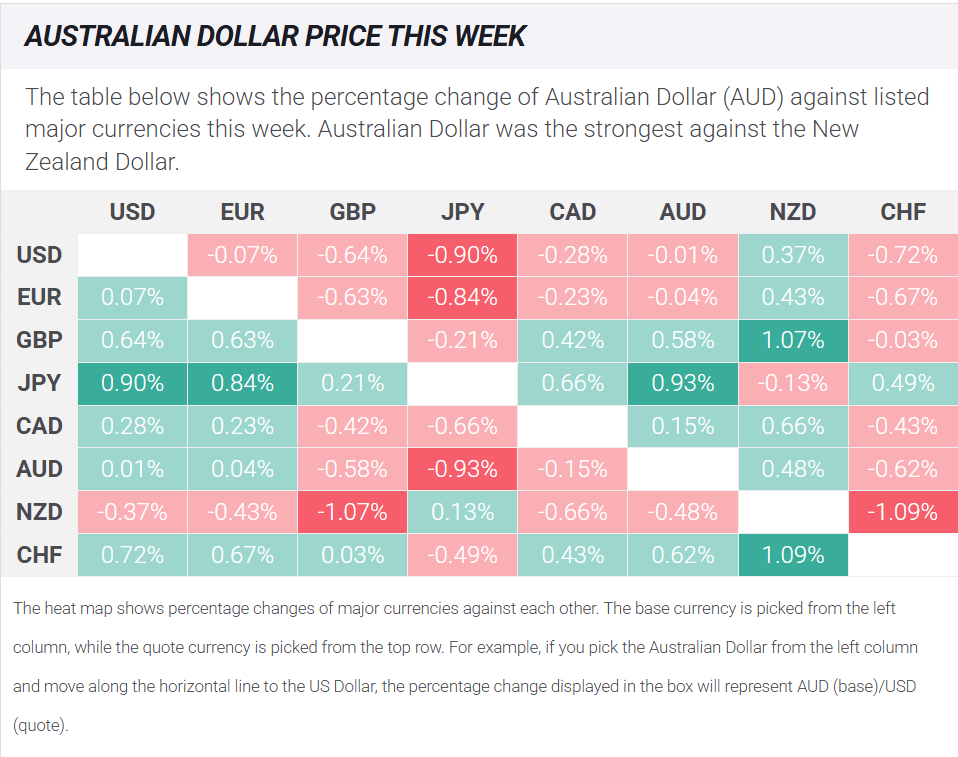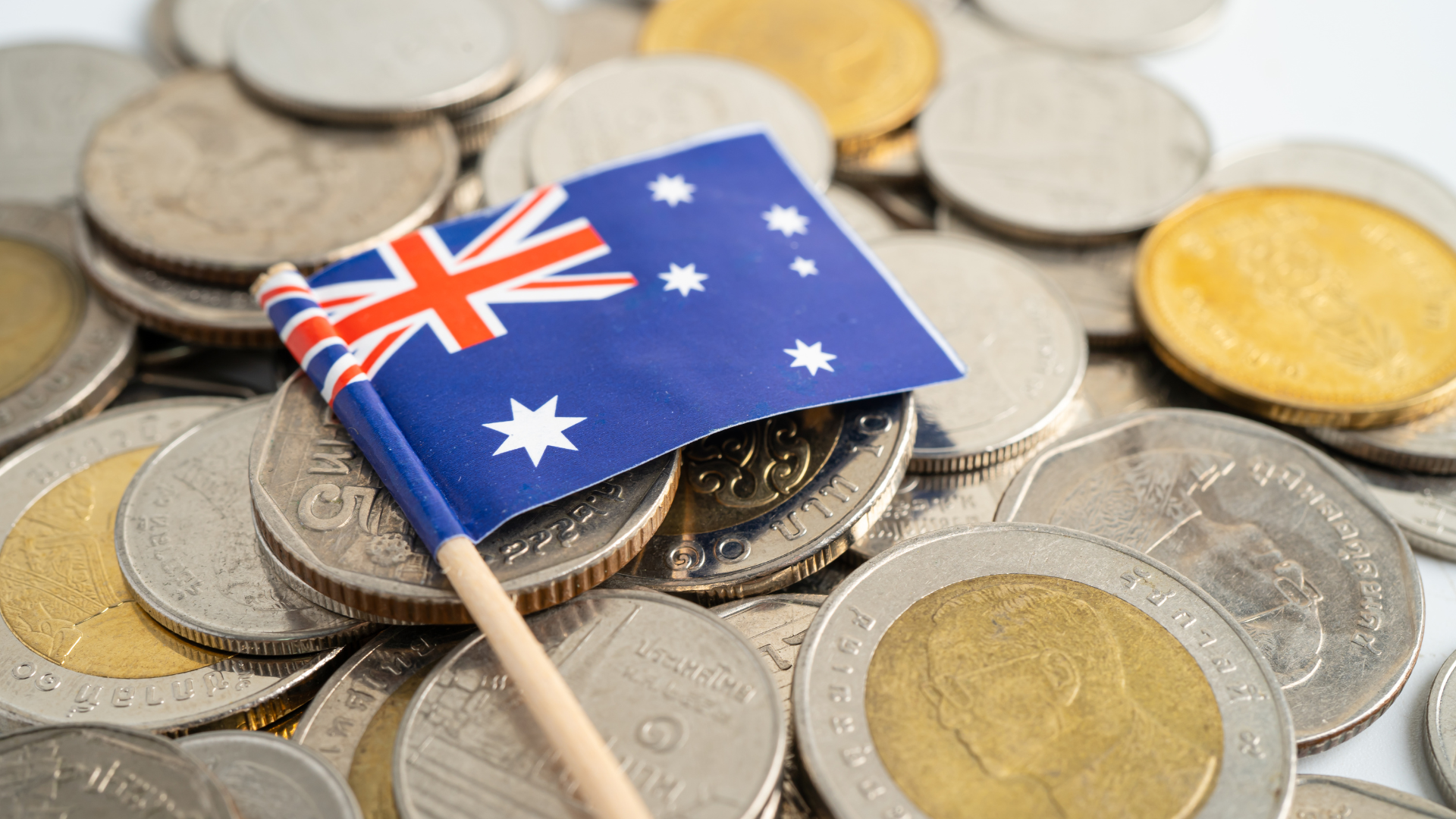Australia’s consumer prices rose more than expected in the first quarter, reinforcing views that domestic inflation remains persistent and could delay any near-term policy easing from the Reserve Bank of Australia (RBA).
The CPI increased by 0.9% quarter-on-quarter in Q1, above the 0.8% consensus forecast, driven by elevated housing, education, and food costs. On an annual basis, inflation stood at 3.6%, still above the RBA’s 2–3% target range but down from previous highs.


The stronger print comes as global central banks reassess their inflation-fighting stance. For the RBA, the data dampens expectations of early rate cuts, with markets now pricing in a more cautious approach in upcoming meetings.
“This is a sticky print that underscores the RBA’s challenges,” said one Sydney-based economist. “While inflation is off its peak, it’s clearly not falling as quickly as policymakers would like.”
The data also arrives amid mixed global signals, with China’s manufacturing activity showing signs of stabilization, which could provide additional support to Australia’s export-heavy economy.
Markets will now turn their attention to the RBA’s May policy meeting, where the central bank is widely expected to hold rates steady but may adopt a more hawkish tone in light of the latest inflation figures.
















